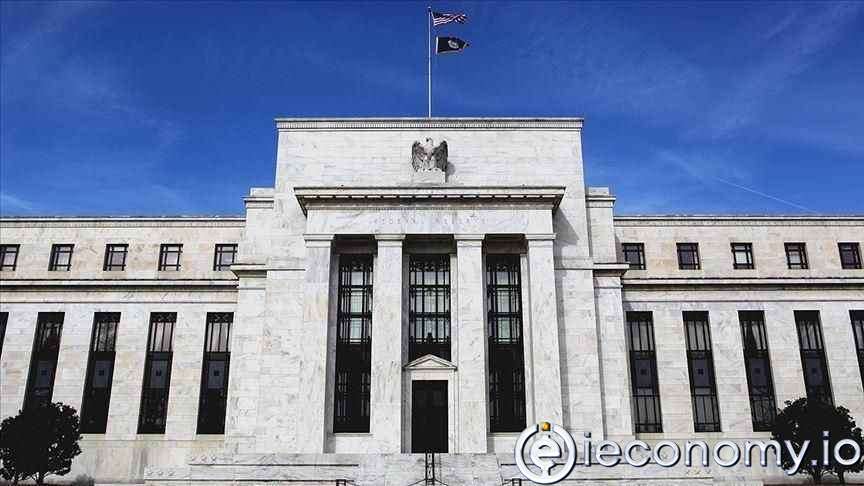5144
0
Statement from FED Officials: Directions Are Working
With the US Federal Reserve's (FED) interest rate decision and subsequent tightening steps by other central banks, stagflation discussions...

Yazar: James Gordon
Yayınlanma: 8 Mayıs 2022 01:43
Güncellenme: 13 Aralık 2025 04:51
Statement from FED Officials: Directions Are Working
With the US Federal Reserve's (FED) interest rate decision and subsequent tightening steps by other central banks, stagflation discussions, in which the global economy stagnated while inflation occurred at the same time, were once again on the agenda, with the FED's directing ability taking its place among the discussion topics. According to FED officials who defend their policies, the directing of the FED continues to work.
Two critical figures of the FED defended their monetary policies despite the comments against the FED that they were insufficient in fighting inflation. FED Governor Christopher Waller and St. Louis known as the FED's hawk name, Fed President James Bullard noted that those who made the said criticisms did not sufficiently consider the steps taken by the FED to tighten financial conditions even before the March meeting. James Bullard, in his statements at the conference held at Stanford University Hoover Institute, stated that market rates increased significantly before the concrete steps of the FED. James Bullard added that the FED did not deserve the statements that it was behind the developments. A similar comment came from Waller. He stated that after the change in the Fed's rhetoric, financial markets started to price rate hikes in September. The Fed rate hike is the most severe since the millennium. The Fed posted the biggest rate hike since 2000, with 50 basis points. It also underlined that similar increases may be made in the upcoming meetings. Speaking at the press conference after their decision, Fed Chairman Jerome Powell said, “Inflation is very high and we understand the difficulty it causes and we are acting quickly to bring it down. “There was broad consensus in the committee that an additional 50 basis points increase should be on the table for the next few meetings.” The Fed Chairman said, speculation that a 75 basis point increase could be made in the coming months was "not something the committee is actively considering". Authorities also decided to start shrinking the Fed's $8.9 trillion balance sheet as of June 1. In the first phase, there will be a monthly reduction of $30 billion in Treasury bonds and $17.5 billion in mortgage-backed securities. After three months, the reductions will be increased to $60 billion and $35 billion, respectively. While Pimco CEO Emmanuel Roman predicts that the Fed will raise interest rates by an additional 175 basis points by the end of 2022, Goldman Sachs economists added a 50 basis point increase in July to their forecast for a 50 basis point hike in June.İLGİLİ HABERLER





European stocks soared and focus shifted to German retail sales after Powell's speech!

Forex Signal For TRY/USD: Inflation Slowdown in November.

Forex Signal For GBP/USD: Bullish Trend Still Not Breaking While Recovery Continues.

Forex Signal For EUR/USD: Starry US Data Points to Higher Fed Increases.

Forex Signal For BTC/USD: Downside Continues as Bitcoin Recovery Moves Less.
En Popüler Haberler
Yorum Yap
Yorumlar
Henüz yorum yapan yok! İlk yorumu siz yapın...